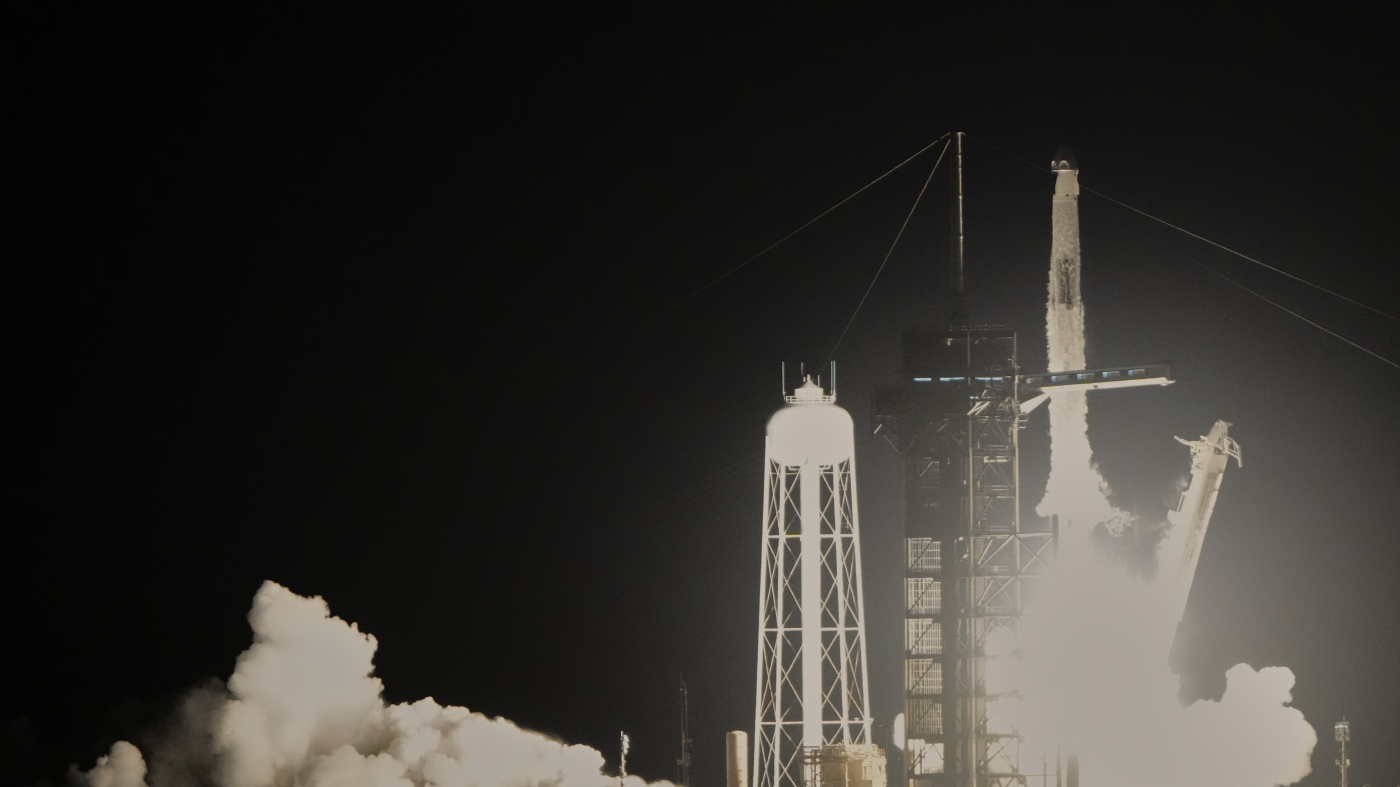U.S. Becomes Global Cancer Epicenter with Surging Cases

WASHINGTON D.C. – The United States has emerged as a global epicenter for cancer, trailing only China in the number of new diagnoses, according to recent data. In 2022, the U.S. recorded 2.4 million new cancer cases, a figure surpassed only by China’s nearly 4.8 million. However, the U.S. leads in cancer rate with 1,307 cases per 100,000 people, compared to China’s 490 per 100,000.
Immediate Impact
The United States now accounts for approximately 13 percent of the 19 million global cancer cases documented in 2022. This is a larger share than the combined total from Africa, Latin America, and the Caribbean. Experts predict that global diagnoses could reach 35 million annually by 2050.
Key Details Emerge
Lung cancer remains the most frequently diagnosed cancer worldwide, with nearly 2.5 million new cases in 2022. In the U.S., an estimated 236,740 new lung cancer cases were diagnosed, resulting in 130,000 deaths. Other significant cancers include breast cancer, colorectal cancer, prostate cancer, and stomach cancer.
Cancer is now the leading cause of death in Americans under 85, according to the American Cancer Society’s 2024 report.
By the Numbers
Global cancer cases are projected to rise from 20 million in 2022 to over 35 million by 2050.
Breast cancer cases are expected to surge from 2.3 million to 3.5 million by 2050.
Colorectal cancer cases will increase from 1.9 million to 3 million globally by 2050.
Expert Analysis
Dr. Hyuna Sung, a senior principal scientist at the American Cancer Society, attributes the increase in cancer cases to population growth and aging. However, she also notes the rising prevalence of risk factors such as poor diet, physical inactivity, and tobacco use.
“This rise in projected cancer cases by 2050 is solely due to the aging and growth of the population, assuming current incidence rates remain unchanged,” Dr. Sung said.
Regional Implications
While the U.S. diagnoses about one in six global cancer cases, it accounts for only seven percent of cancer deaths worldwide, thanks to advanced treatments. Conversely, Asia and Africa experience higher death rates due to late-stage diagnoses and limited treatment options.
Cancer death rates in Africa and Asia are much higher than cases, partly because cancers there are often found late and are harder to treat.
What Comes Next
The anticipated increase in new cancer diagnoses is primarily due to demographic changes, but experts are increasingly concerned about environmental factors and lifestyle choices. Efforts to mitigate these risks through better screening and prevention strategies are crucial.
Dr. Karen E. Knudsen, CEO of the American Cancer Society, emphasized the importance of understanding global cancer trends to prioritize interventions and ensure equitable access to cancer care.
“Understanding the global cancer burden is critical to ensuring everyone has an opportunity to prevent, detect, treat, and survive cancer,” Dr. Knudsen stated.
As the world grapples with rising cancer rates, the U.S. continues to focus on innovative treatments, including immune cell engineering and CRISPR-based gene therapies, to improve survival rates and quality of life for patients.






